As noted in Part I of T-Boy Journey into the Curious Case of Dark Nursery Rhymes – Traveling Boy, many children’s nursery rhymes have joyful and uplifting lyrics. But, when we look deep into their core, many of the soothing melodies and their haunting rhyming schemes, are bleak, sinister and deathly macabre.
So, in Part II, here’s more bleak and sinister children’s nursery rhymes, which we advise that your refrain from turning off your bedroom lights.
Dark Nursery Rhymes
Three Blind Mice
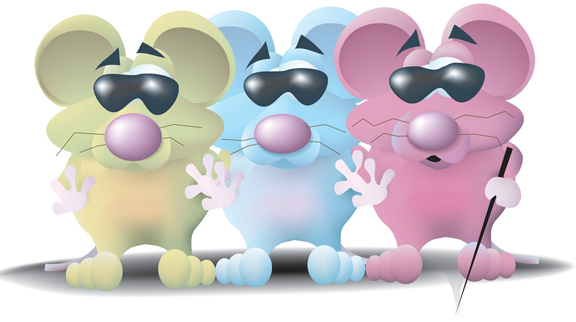
Three Blind Mice is an English nursery rhyme and musical round,a song form in which three to five voices simultaneously sing a simple melody in unison or octaves starting at different times, often with each performer beginning two measures after the previous singer.
Lyrics
Below is Three Blinde Mice (1609) with its original lyrics, by the possible author, Thomas Ravenscroft.
Three Blinde Mice
Three Blinde Mice,
Three Blinde Mice,
Dame Iulian,
Dame Iulian,
the Miller and his merry olde Wife,
shee scrapte her tripe licke thou the knife.
Simple, yes. But despite the simplicity of the lyrics, many literary scholars have struggled to understand its historical significance. This has led to the speculation that it was written earlier and refers to Queen Mary I of England, the very Bloody Mary, that is Mary, Quite Contrary, which some believe to reference Queen Mary I and her mass execution of Protestants during her reign, where we had examined in Part I, which also included further horrendous acts of torture and death. Now that most of us have eyes which are not blind, let’s examine the blinding and the execution of the three Protestant Bishops, believed to be the Ridley, Latimer and Cranmer. But, it turns out, they were burned at the stake, and not blinded; although it’s possible if the rhyme was made by crypto-Catholics, where the mice’s blindness could refer to their Protestantism. However, as can be seen above, there is no mention in the earliest lyrics about harming the three blind mice, and the first known date of publication is 1609, well after Queen Mary died.
Three Blind Mice only entered children’s literature in 1842 when it was published in a collection by James Orchard Halliwell.
Variations
Amateur music composer Thomas Oliphant; Robert Schumann’s Kreisleriana #7; Joseph Holbrooke in Symphonic Variations, opus 37; Joseph Haydn for Symphony 83 (La Poule); Piano Concerto No. 4 by Sergei Rachmaninoff,who was criticized as resembling Three Blind Mice; and the theme can be heard in Antonín Dvořák’s Symphony No. 9 IV. Allegro con fuoco.
As this is Hollywood, Three Blind Mice was used as a theme song for The Three Stooges, with the obvious assumption that Larry, Curly and Moe and Larry are the Three Blind Stooges.

And leave it to the James Bond franchise, were a calypso version of the tune with new lyrics by Monty Norman was recorded by Byron Lee and the Dragonaires for the film, Dr No (1962), which we all understand that only Sean Connery is the real 007. The reworked rhyme alludes to the three Afro-Caribbean assassins whose deadly march through the streets of Kingston, Jamaica. opens the film. Other Jamaican versions include dance hall artists, like Josey Wales and Brigadier Jerry.
Jack and Jill: Not the Power Couple We Thought
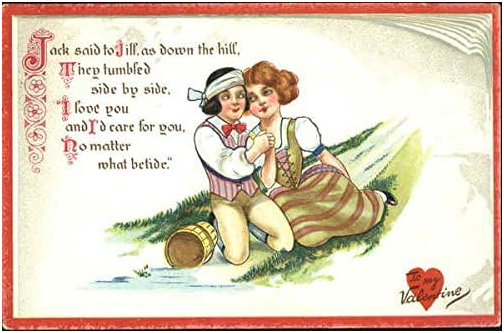
Jack and Jill, a traditional English nursery rhyme, was originally spelled Gill in the earliest version of the rhyme where the accompanying woodcut showed two boys at the foot of the hill. Throughout the 19th century new versions of the story were written featuring different incidents. A number of theories continue to be advanced to explain the rhyme’s historical origin.
The earliest version of the rhyme was in a reprint of John Newbery’s Mother Goose’s Melody, thought to have been first published in London around 1765. The rhyming of water with after was taken by Iona and Peter Opie to suggest that the first verse might date from the 17th century.
Jack and Gill went up the hill
To fetch a pail of water;
Jack fell down and broke his crown
And Gill came tumbling after.
According to Nursery Rhymes of Mother Goose, the very popular Jack and Jill Children’s Nursery Rhymes, was believed to be first published in the mid-1700. Sad to say that this alluring power couple may actually be referring to a 17th century popular tax on alcoholic beverages. Some believe that the supposedly cheerful nursery rhyme actually has its origins in the reign of King Charles I of England – who you’ll hear more about in the Real Story of Humpty Dumpty below – and his attempts to raise taxes on measures of liquid. The original version of the rhyme featured Jack and Gill, as noted above, was eventually changed to Jill in later publications. A Gill also happened to be another term for a quarter pint measure of liquid, while a Jack, short for a Jackpot or a double jigger, was a measure of volume equal to a half-pint, according to the original Encyclopaedia Britannica.
According to the Owlcation website, when King Charles I attempted to increasing taxes on Jacks, the English Parliament refused to do so. Undeterred, the king decided instead to simply reduce the volume a Jack would hold, by lowering the imperial measure of the half-pint line, which was indicated by a crown symbol. Thus, Jack lost his crown and a reduced volume on the Gill soon followed, or came tumbling after. And with the volume on Jacks and Gills reduced, King Charles I managed to get his tax increase without technically raising the prices on the beverages. It was a big win for Charles but the English Parliament were not done with him.
The Real Life Story of Humpty Dumpty
Humpty Dumpty sat on the wall
Humpty Dumpty had a great fall
All the King’s horses and all the King’s men
Couldn’t put Humpty together again!
This nursery rhyme isn’t about a giant egg, as suggested by most illustrations in children’s books, but the actual Humpty Dumpy was a cannon used during the English Civil War. It was destroyed by cannonballs, fell into a marshland, and could never be repaired. Then the illustrator of Through the Looking Glass by Lewis Caroll randomly decided to illustrate the poem with a picture of a large egg, which many of regard as the real history of the broken egg.
The English Civil War
The English Civil War was actually a series of civil wars between Royalists and Parliamentarians in the Kingdom of England from 1642. The main cause was Charles I’s belief in the divine right of kings to rule, and the need for money to fund his court and wars. The parliament wished restrict the powers of the king. The English Civil War ended with this inscription: The majesty King Charles I passed through this hall and out of a window nearly over this tablet to the scaffold in Whitehall where he was beheaded on January 30th, 1649.
Baa, Baa, Black Sheep
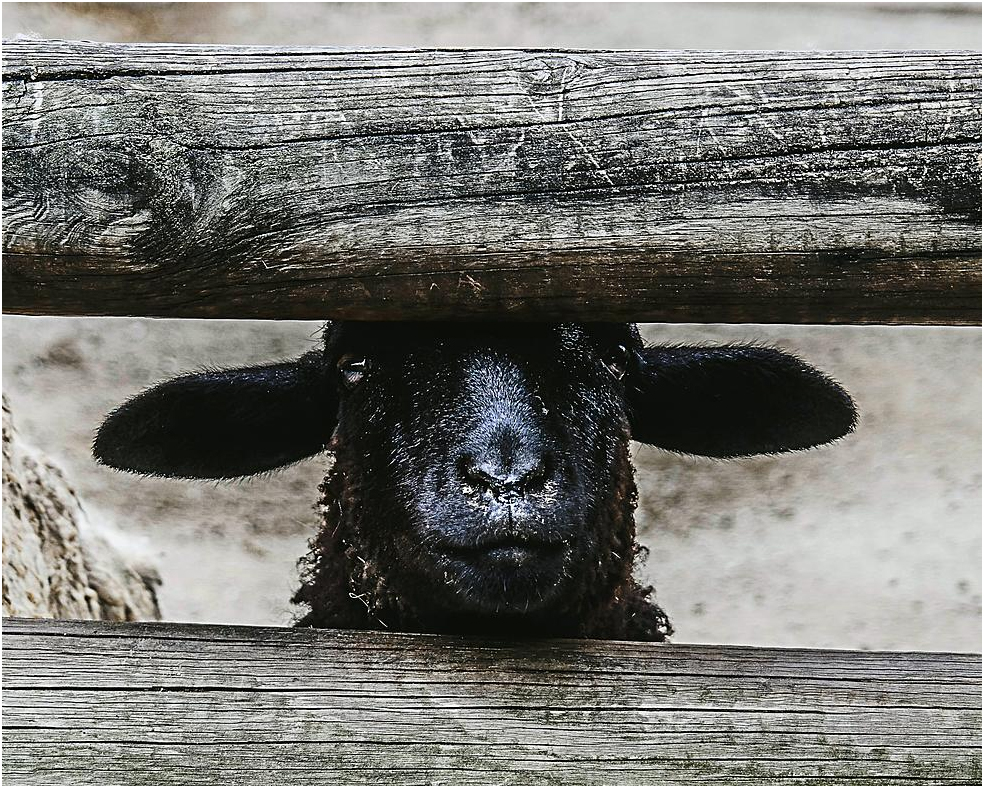
In recent times there has been some question as to whether or not this nursery rhyme is as innocent as we all grew up; believing it to be, particularly with the use of the color black and the word master. Sorry, Trumpsters, most scholars believe the rhyme has nothing to do with race at all; so need to worry that your suburban neighborhoods will never be the same again. Apparently, the rhyme is about the Great Custom tax on wool where a third of the sales revenue of wool went to the king, a third was to be given to the church, and the remaining third went to the farmer who did all of the work.
More recently the rhyme has been alleged to have a connection to the slave trade, particularly in the southern United States. This explanation was advanced during debates over political correctness and the use and reform of nursery rhymes in the 1980s.
What is a Black Sheep?
According to the Merrian Webster Dictionary, the definition of a black sheep is an idiom used to describe disfavoredor disreputable member of a group, especially within a family
Psychological Ramifications
People who self-identify as the black sheep of their family tend to struggle with their self-esteem and self-concept throughout life. When you have a poor self-concept, it affects all aspects of your life such as intimate and social relationships, job performance, satisfaction, and achievement, and even a willingness to take risks and following your heart.
This Little Piggy
Yes, a heart wrenching children’s rhyme, about a very cute pig with a basket in its arms, euphorically skipping down the road to the grocery store, bless your heart. Sad to say, This little piggy went to market means that it was more than likely butchered and sold off to a market, or was on its way to the slaughterhouse, to be slaughtered and served on someone’s plate. If the first pig went to the market to get slaughtered, then the little piggy staying home refers to a pig not yet ready to eat, and that must stay home to mature. The little piggy having roast beef is about fattening a pig up, while the fourth piggy that gets none is too small to go to the market, managed to survive another day without being slaughtered and is safe from Republican South Dakota Gov Noem, that is, for now.
How Popular is Pork in the U.S.?
Pork ranks third in annual U.S. meat consumption, behind beef and chicken, averaging 51 pounds per person.
Who is a Barbarian?
Listening to the sounds, Baa, Baa, is the origin of the Greek word, barbarian, which means: any person who did not speak Greek, spoke an incomprehensible language which sounded similar to a noise that a sheep makes.
Rub-a-Dub-Dub
The original line in this rhyme read, three maids in a tub and the story goes this is about peep-shows at fairs where a person could pay to ogle at women sitting in a tub enjoying the company of one another. And my mother had simply informed me it was about taking a Saturday night bath.
Well, how clean are we?
Americans have a reputation for a cleanliness, which fuels a $3.1 billion body soap industry, yet recent studies show that Americans are actually quite average when compared to how often people shower worldwide.
In a Euromonitor survey, Brazilians and Colombians took the lead with more than one shower per day on average, with Australians, Middle Easterners, Mexicans and Indonesians coming in not too far behind. Americans, meanwhile, averaged a bit less than one shower a day, along with Spaniards, Indians and the French. Brits were on the low side of showering, with the Japanese and Chinese coming in the least frequent of all countries in the poll, with an average of about five showers a week.
Peter, Peter Pumpkin Eater
A dark side, you say. But wait a second, the husband, named Peter, locks away his wife, due to her fondness of sharing her private body parts with other men. And what could poor Peter do? So he murdered her and stuffed her dead body into an extremely large pumpkin, and then he lived happily ever after.
History of the Pumpkin
Though many cultists of the U.S.’ final emperor assume that the pumpkin first came from the U.S., but were first cultivated in the Tehuacan and Oaxaca valleys in the United Mexico States around 6,000-5,000 B.C.E. Nevertheless, pumpkin pies are an essential component on many U.S. Thanksgiving tables at the count of around 50 million pumpkin pies are devoured every November.
From T-Boy food critic, Audrey Hart: Everyone should know how to make a homemade pumpkin pie.
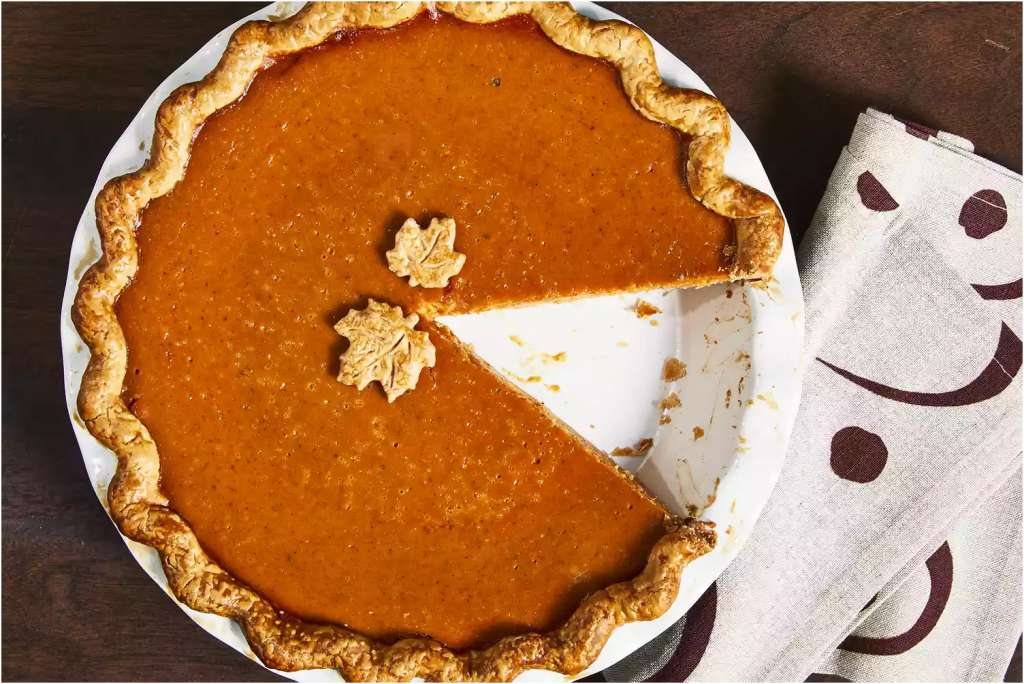
So, here’s a Thanksgiving pumpkin pie recipe submitted to T-Boy by Randy Scott:
This traditional, simple scratch recipe makes the ideal Thanksgiving dessert. Skip the canned pumpkin and store-bought crust and make your holiday pumpkin pie from scratch with a flaky homemade pastry crust and a deliciously spiced pumpkin filling.
Homemade Pumpkin Pie Ingredients
These are the ingredients you’ll need to make this pumpkin pie recipe from scratch:
- For the crust: all-purpose flour, salt, shortening, and cold water
- For the filling: cooked pumpkin, evaporated milk, eggs, brown sugar, cinnamon, ginger, nutmeg, salt
Here’s a brief overview of what you can expect when you make Randy Scott top-rated homemade pumpkin pie:
- Mix the flour and salt. Cut in the shortening, then add the water.
- Shape the dough into a ball. Roll it out on a lightly floured surface.
- Cut the rolled dough and fit it into the pie pan.
- Beat the filling ingredients together, then pour it into the prepared crust.
- Bake in a preheated oven until a knife comes out clean
To Prepare Mashed Pumpkin:
Cut a fresh pie pumpkin in half. Scoop out and discard seeds and stringy portions. Leave skin on and cut pumpkin into chunks. Measure out 1 1/2 pounds for this recipe to yield 2 cups of mashed, cooked pumpkin. If your pumpkin is larger, consider cooking 3 pounds and doubling the pie recipe above to make two pies.
Place pumpkin chunks in saucepan over medium heat with 1 inch water; bring to a boil. Reduce the heat to low, cover, and simmer until tender, about 30 minutes. Drain and cool. Remove and discard peel. Return pumpkin to the saucepan and mash with a potato masher or use a food mill until smooth.
Filling:
- 2 cups mashed, cooked pie pumpkin
- 1 (12 fluid ounce) can evaporated milk
- 2 large eggs, beaten
- ¾ cup packed brown sugar
- ½ teaspoon ground cinnamon, or more to taste
- ½ teaspoon ground ginger, or more to taste
- ½ teaspoon ground nutmeg, or more to taste
- ½ teaspoon salt
Pastry Crust:
- 1 ⅓ cups all-purpose flour
- ½ teaspoon salt
- ½ cup shortening
- 3 tablespoons cold water, or more as needed
Directions
- Preheat the oven to 400 degrees F (200 degrees C).
- Make the pastry crust: Mix flour and salt together in a bowl. Cut in shortening with a pastry blender until mixture resembles coarse crumbs. Mix in 3 tablespoons water, one at a time, until dough is moist enough to hold together. Add up to 1 more tablespoon water if needed.
- Shape dough into a ball with lightly floured hands. Roll dough on a lightly floured surface to a thickness of 1/8 inch. Place a 9-inch pie pan upside-down on the dough; use a sharp knife to cut a circle of dough 1 1/2 inches larger than the pie pan. Remove and discard dough scraps and set pie pan aside.
- Gently roll circular piece of dough around the rolling pin; transfer it right-side up over the pie pan. Unroll, easing dough into the bottom of the pan. Use two hands to flute the dough around the top edges.
- Make the filling: Beat pumpkin, evaporated milk, brown sugar, eggs, cinnamon, ginger, nutmeg, and salt in a large bowl with an electric mixer until well combined. Pour into the prepared crust.
- Bake in the preheated oven until a knife inserted into the filling 1 inch from the edge comes out clean, 40 to 60 minutes. Cover the edges with foil if needed to prevent from burning as the filling cooks.
- Remove from the oven and cool to room temperature before serving.
Filling:
- 2 cups mashed, cooked pie pumpkin
- 1 (12 fluid ounce) can evaporated milk
- 2 large eggs, beaten
- ¾ cup packed brown sugar
- ½ teaspoon ground cinnamon, or more to taste
- ½ teaspoon ground ginger, or more to taste
- ½ teaspoon ground nutmeg, or more to taste
- ½ teaspoon salt
Filling:
- 2 cups mashed, cooked pie pumpkin
- 1 (12 fluid ounce) can evaporated milk
- 2 large eggs, beaten
- ¾ cup packed brown sugar
- ½ teaspoon ground cinnamon, or more to taste
- ½ teaspoon ground ginger, or more to taste
- ½ teaspoon ground nutmeg, or more to taste
- ½ teaspoon salt
As Ms. Hart said, the recipe seems to be easily done.
And our article closes with, Sleep well, readers, as the day turns into night.
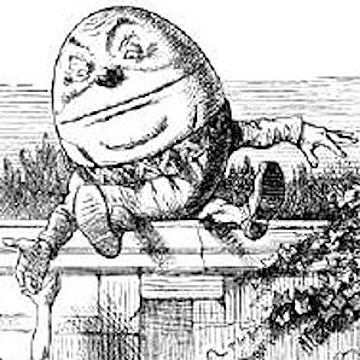





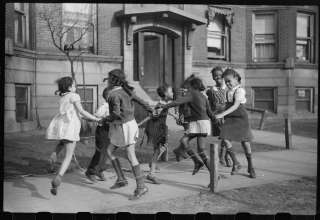
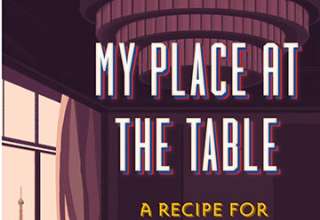
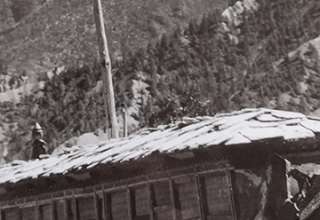

















Tom Joyce
June 8, 2024 at 8:57 pm
Amazing stories behind these tales. Never knew .that before! Tom
Ed Boitano
June 12, 2024 at 6:28 pm
Well, Boitano. You did say DARK.
Sleep well, too!
Yours,
Mr. Jack Jill
Sleepy Hollow, NY